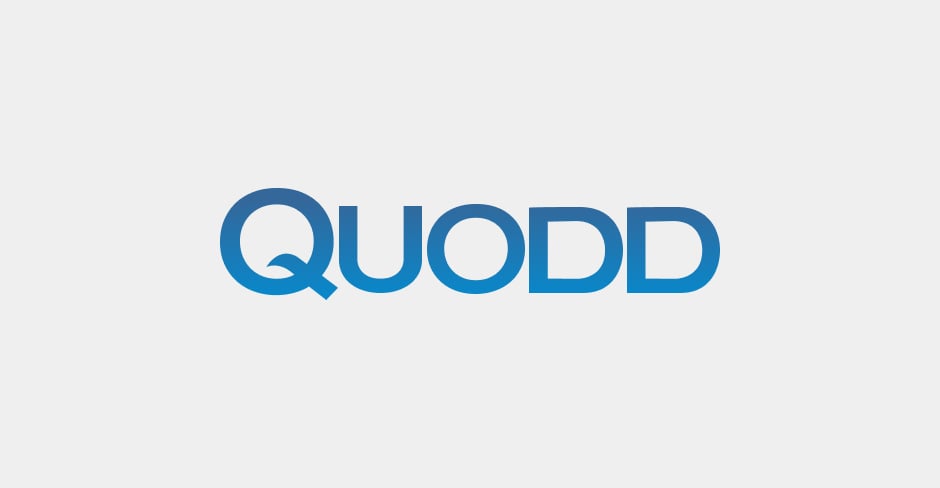12.06.2024
|FinTech
|3 Min Read
How Technology is Making Data More Accessible
Thanks to greater accessibility to financial data, new companies are sprouting up at an unprecedented rate. This burgeoning of fintech entrepreneurship, from online trading and advisory platforms to financial gaming simulators to sandbox developers creating their own APIs, was made possible by technological advancements.
Just a few years ago, the massive volume of data being consumed for these applications was inconceivable. The good news? Technology has democratized data—and paved the way for a plethora of data vehicles and streams.
Here are 4 ways that technology is making data more accessible.
Reliability. When trade executions form the foundation for your work, you can’t miss a quote or a price from the exchanges. You certainly can’t afford to lose a few minute’s or hours’ worth of trades. The latest data streaming technology ensures reliable up-time—making interruptions, hiccups, bottlenecks, and buffering a thing of the past. But there’s a caveat: your bandwidth needs to be right-sized. Too little bandwidth can result in a compromise to reliability. Too much bandwidth can result in paying for more than you need.
Accuracy. Not only do you need a reliable stream of data, but that data must also be 100% accurate—or you could end up making poor decisions or finding yourself on the wrong side of a trade. Technology makes it possible to obtain high-quality data, with no lost packets or dropped information. New processes normalize data so that everything is recorded and subscribers capture each quote and every trade.
Usability. Innovation acts as the jet fuel for the new products and services coming onto the market, and as well as helping incumbents maintain a competitive edge. When usability is cumbersome, complex, and opaque, it stifles innovation. One of the biggest advances in technology is the ability to plug-and-play, requiring little development on the user’s end. Easy to understand documentation creates greater transparency and gives rise to financial data applications that are easy to use and easy to implement. Rather than taking weeks or months to implement, users can get the feeds they need up and streaming within a day or two.
Affordability. Cost has been one of the biggest hurdles for new entrants and new products. And for decades, that’s the way the large players liked it— working in favor of both the monolith end-users and legacy infrastructure. Even today, providers like Bloomberg and Thompson have yet to notably scale back their fees because they’ve built the infrastructure that requires huge cash flow to support. In contrast, newer technologies don’t have the heavy investment of their legacy competitors. With fewer infrastructure costs, new financial data technologies can run leaner and pass savings onto users.
Find a Data Partner Who Can Provide All 4
Each of the above aspects is critical. One without the others won’t get you far— barring extremely deep pockets and the absence of time pressures. But that’s not how the real world works. Fintech companies get pressure from investors to control costs and go-to-market quickly. Regulatory, compliance, and customer pressures make reliability and accuracy must-haves.
In vetting your options for providers of real-time, reliable, high-quality data, look for a partner that meets all the above criteria— and more. As we mentioned in reliability, a true partner will guide you on how much bandwidth is right for your needs. For accuracy and usability, you are one step ahead of the game when your financial data provider normalizes formats across exchanges so that it’s easier for you to view and use. For instance, QUODD puts all data streams in the same format. This clear data mapping makes it easier for sandbox developers to use the data to create trading applications. The result? When APIs are simplified, any developer can integrate them into their application or system.
And whether you are a long-established firm or a fintech start-up, you are always looking for your most affordable option and ways to be more cost-effective. Unlike legacy financial data providers, QUODD was built for the modern marketplace. By providing all infrastructure, including hosting and having data centers to house data, end-users are alleviated from investing in infrastructure on their own. This built-in flexibility facilitates any scenario for any type of user.
Technology has hastened the speed of innovation, opening the doors to new products and players. With our proven proficiency in providing high-quality data and expert guidance, QUODD’s technology can unlock accessible data across your applications.
BackOther Question Frequently Asked

05.31.2024
|FAQs
|Stocks and ETFs
|1
When will historical prices be updated from a stock split on a given date?
The historical prices will be adjusted historically from the ex-date of the corporate action.

05.30.2024
|FAQ
|3
Equity+ Installation Instructions
First install Java to be able to Equity+.

05.31.2024
|FAQs
|General-Help
|3
What is your API availability?
QUODD targets 99.9% availability.